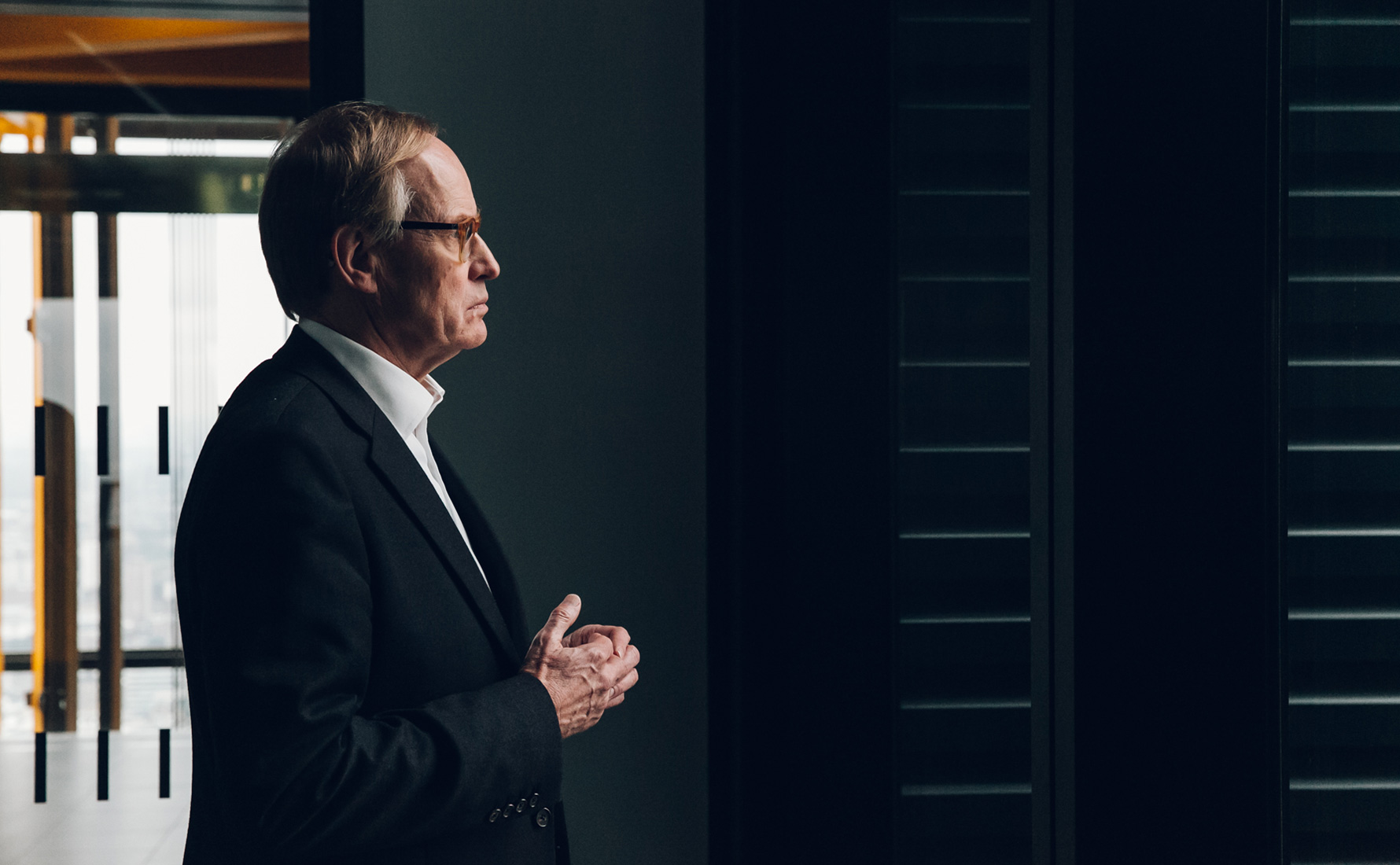 The statue of Baron Jean-Baptiste-Antoine-Marcelin de Marbot standing in the main square of Beaulieu
The statue of Baron Jean-Baptiste-Antoine-Marcelin de Marbot standing in the main square of Beaulieu
 Richard Pooley, Director of the Conan Doyle Estate and Arthur Conan Doyle's Step Great Grandson
Richard Pooley, Director of the Conan Doyle Estate and Arthur Conan Doyle's Step Great Grandson
Gerard himself is from Gascony in south-west France and fits the French stereotype of the Gascon – boastful, brave and wily; not unlike Richard Sharpe, his British equivalent in Bernard Cornwell’s novels and the 1990s ITV series. But what makes these tall tales rise above the ordinary is their humour and their historical accuracy.
What novels and stories did Arthur Conan Doyle write in the ten years between the “death” of Sherlock Holmes and his “resurrection” in 1903? The answer is much of his historical fiction, the best of which must be the short stories about the exploits of Brigadier Gerard, a French officer in Napoleon’s army up to and including the Battle of Waterloo. As a child I preferred these stories to those of Holmes and so was thrilled when I discovered that my step-grandmother, Dame Jean Conan Doyle, agreed with me. Indeed, she assured me that her father also favoured Gerard over Holmes. In June 1995, two years before she died, Jean gave me a copy of The Collected Brigadier Gerard Stories, signed by her, and urged me to read them to my children.
Most of the time Doyle has Etienne Gerard tell the stories of his many highly improbable adventures. His readers can imagine themselves to be sitting in a café in mid-19th century Paris listening to this old soldier. Gerard himself is from Gascony in south-west France and fits the French stereotype of the Gascon – boastful, brave and wily; not unlike Richard Sharpe, his British equivalent in Bernard Cornwell’s novels and the 1990s ITV series. But what makes these tall tales rise above the ordinary is their humour and their historical accuracy.
I live in France and those very few French I have met who know these stories assume that they mock the French. They don’t. In fact, it is the upper-class English who Doyle gently satirises. Read How the Brigadier Slew the Fox, for example. Doyle, one should not forget, was born in Scotland of Irish ancestry, had great regard for France, and was fascinated by Napoleon.
The stories also show Doyle’s obsession with getting his history right. Gerard did not exist but his adventures are based on the memoirs or biographies of over twenty real soldiers, most especially those of Baron Jean-Baptiste-Antoine-Marcelin de Marbot, who rose to become aide-de-camp to Napoleon and later one of his junior generals. He even gets a mention in Napoleon’s will.*
Marbot wrote a three-volume memoir which became a bestseller when it was published in 1844. Doyle got to hear about them after the English translation came out in 1892, but, being proud of his ability to speak French, he immediately bought the French edition. By an extraordinary coincidence the house in which I am writing this was owned for over two centuries by the Marbot family, and his mémoires are on the bookshelf opposite me. Marbot was not Gascon. He was born 21 km from here in the Départment of Corrèze in Altillac, a village on the southern side of the Dordogne river, opposite the aptly-named town of Beaulieu. His statue, recently cleaned of pigeon droppings, is in Beaulieu, standing in the main square which bears his name. I don’t think it does him justice, replacing one in bronze which made him look much more heroic. However, the plinth is original and proudly declares that he was wounded thirteen times.
If you want to know more about the background to the Brigadier Gerard stories, I recommend reading The Great Shadow – Arthur Conan Doyle, Brigadier Gerard and Napoleon by Clifford S. Goldfarb, Calabash Press, 1997. Best of all, read the stories themselves.
* “I leave 100,000 francs to Colonel Marbot. I direct him to continue to write in defence of the glory of French arms and to refute the slanderers and turncoats.”
--
Written by Richard Pooley, Director of the Conan Doyle Estate and Arthur Conan Doyle's Step Great Grandson.

